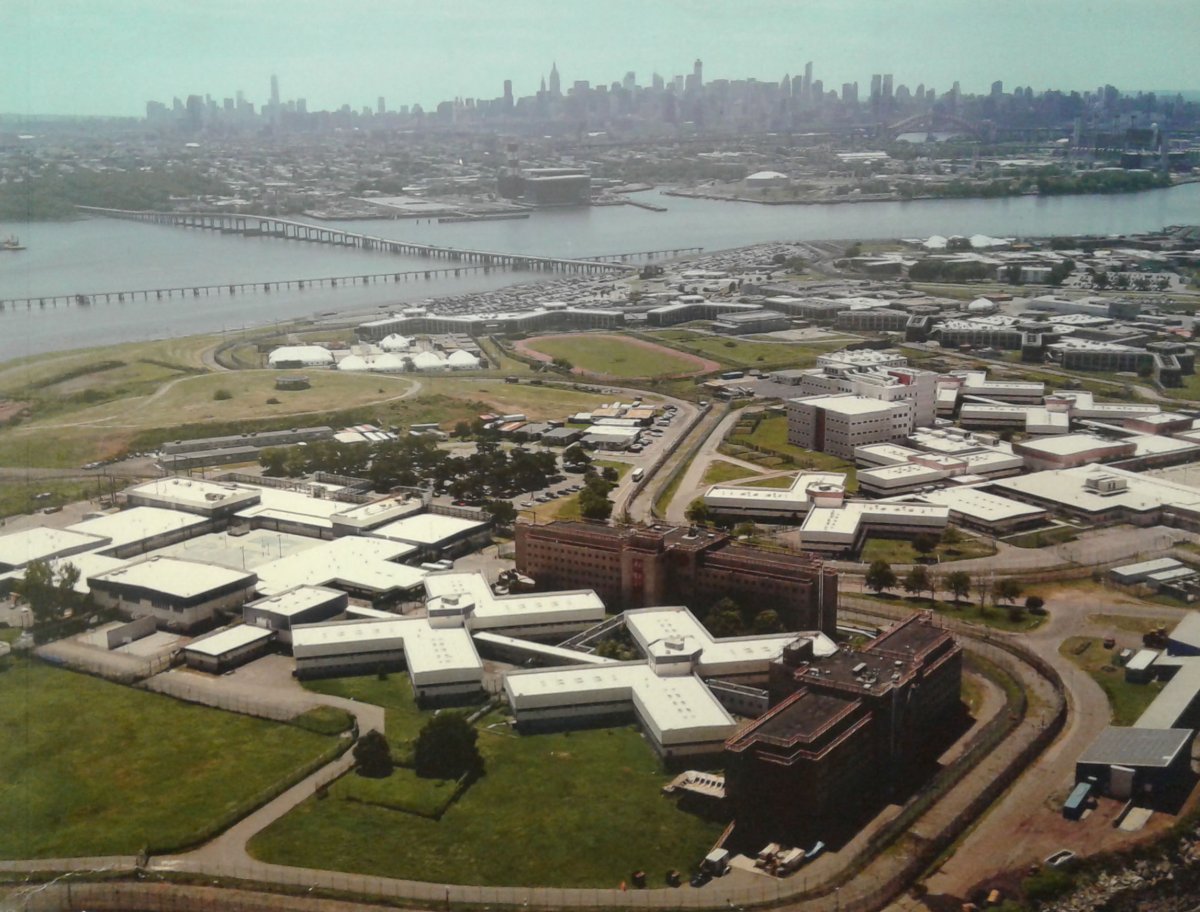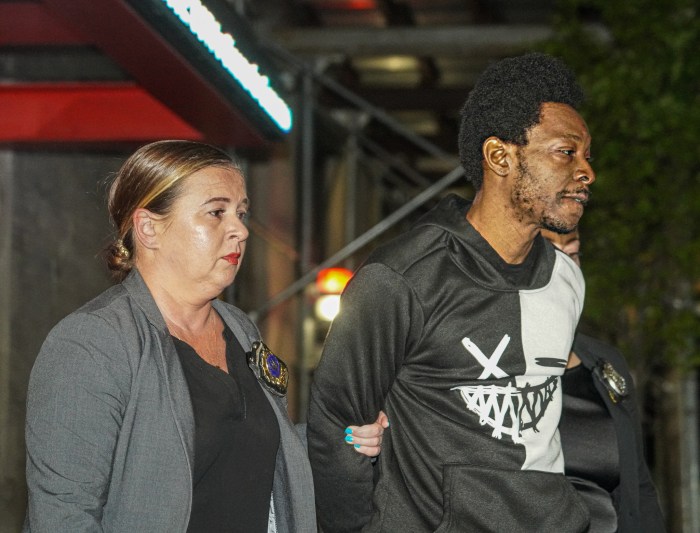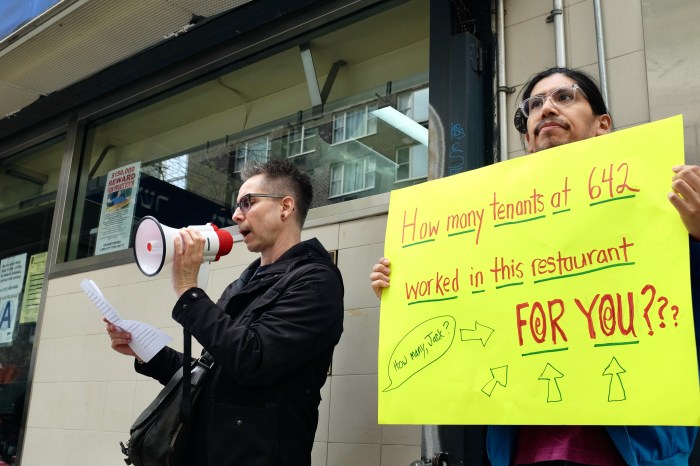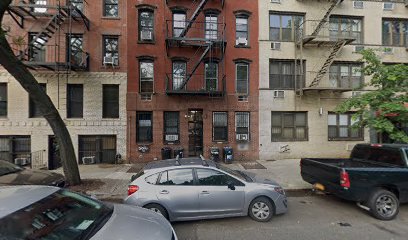
BY GABE HERMAN | The city projects its jail population will reach historic lows by 2026 after revising its figures from 4,000 down to 3,300, Mayor Bill de Blasio and Council Speaker Corey Johnson announced today.
The new lower estimate would mark the city’s lowest jail population in a century and be the lowest jail population rate among large cities nationwide, officials said.
The new figure will factor into the city’s plans for building four smaller, borough-based jails to replace the one on Rikers Island. Last week, the City Council officially banned Rikers Island from housing detainees after 2026. Based on the new estimates, each borough-based jail would hold fewer than 1,000 people, which is less than half the current population at Rikers Island.
“Mass incarceration did not begin in New York City, but it will end here,” said Mayor de Blasio when the announcement was made. “With the lowest rate of incarceration of any major city, we are proving you don’t need to arrest your way to safety. New York is telling a different story, one where we can keep fathers at home and kids in schools and still be the safest big city in America.”
“Just a few years ago, the Lippman Commission’s projection of a 5,000 average daily population was considered by many to be overly optimistic,” Speaker Johnson said. “To now reach 3,300 is an extraordinary achievement, and the culmination of years of hard work to move away from the failed policies of mass incarceration. But we will not rest. We will keep fighting to bring this number down even further. New York City should be a model of progressive criminal justice reform nationwide.”
The new estimate is based on city officials analyzing the impact of recent reform measures, including the Supervised Release diversion program. That program will expand to reduce the number of pretrial detainees, who represent a majority of people incarcerated in city jails. Other changes have included bail reform and other state measures aimed at lowering pretrial detainees.
“The new city jail population estimate of 3,300 by 2026 reflects a new model of safety being built in New York City in which police, prosecutors and courts have lightened the touch of the criminal justice system while crime has continued to drop,” said Liz Glazer, director of the Mayor’s Office of Criminal Justice.
Glazer cited the Supervised Release program in lowering the number of incarcerated people.
“Our robust reentry services such as Jails to Jobs help people from coming back,” Glazer added. “And our community-based violence interruption programs, such as the Crisis Management System, helps people steer clear of the justice system entirely. This foundation of reform, built over the last five years, will provide current and future generations of New Yorkers with an even smaller, safer, fairer justice system.”
“Getting here has not been easy,” said Donna Hylton, Senior Justice Advisor at Brooklyn’s Katal Center for Health, Equity, and Justice. “Directly impacted advocates, activists and organizers have been working tirelessly with local, City and State legislators to not only decarcerate our city but build communities as well. I applaud the New York City Council and the mayor for working alongside us to shut down the inhumane and cruel penal colony that is Rikers Island.”
The City Council is scheduled to vote Oct. 17 on replacing the Rikers Island facility with the four new borough-based jails.

















